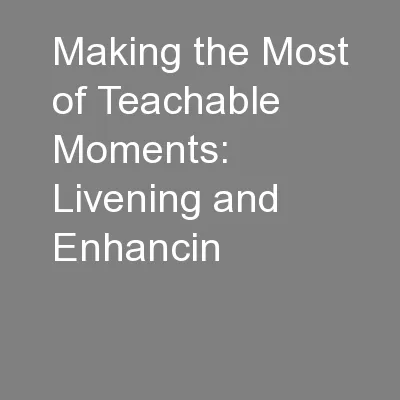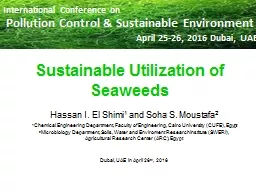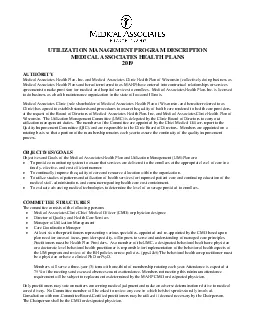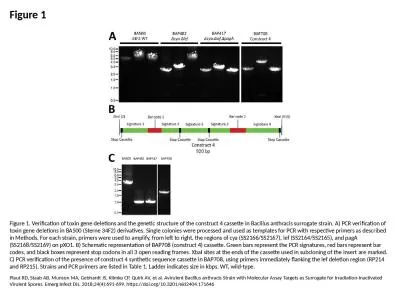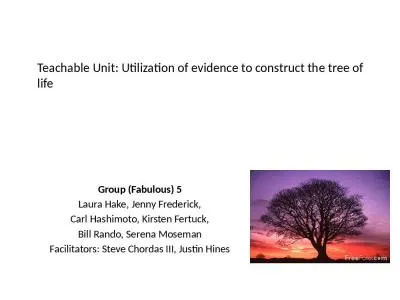PPT-Teachable Unit: Utilization of evidence to construct the tr
Author : debby-jeon | Published Date : 2017-05-02
Group Fabulous 5 Laura Hake Jenny Frederick Carl Hashimoto Kirsten Fertuck Bill Rando Serena Moseman Facilitators Steve Chordas III Justin Hines Teaching
Presentation Embed Code
Download Presentation
Download Presentation The PPT/PDF document "Teachable Unit: Utilization of evidence ..." is the property of its rightful owner. Permission is granted to download and print the materials on this website for personal, non-commercial use only, and to display it on your personal computer provided you do not modify the materials and that you retain all copyright notices contained in the materials. By downloading content from our website, you accept the terms of this agreement.
Teachable Unit: Utilization of evidence to construct the tr: Transcript
Download Rules Of Document
"Teachable Unit: Utilization of evidence to construct the tr"The content belongs to its owner. You may download and print it for personal use, without modification, and keep all copyright notices. By downloading, you agree to these terms.
Related Documents


